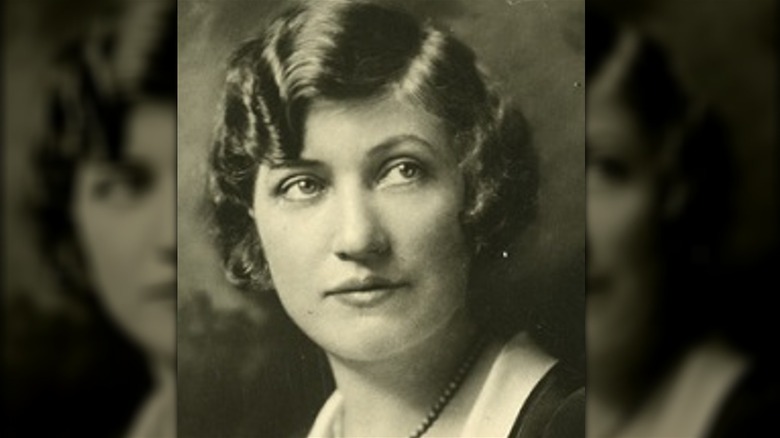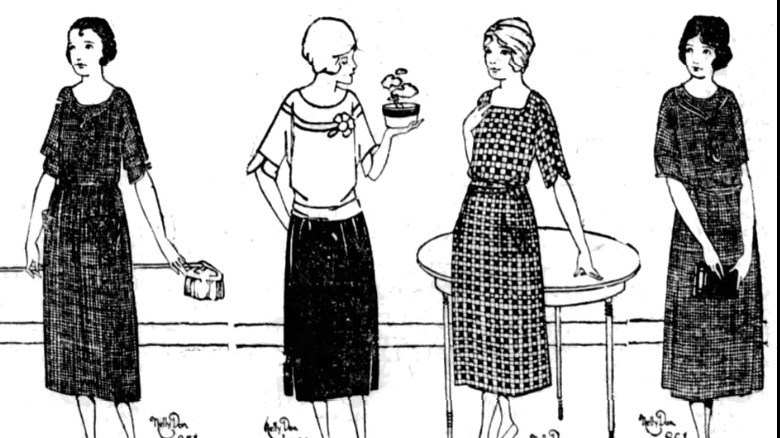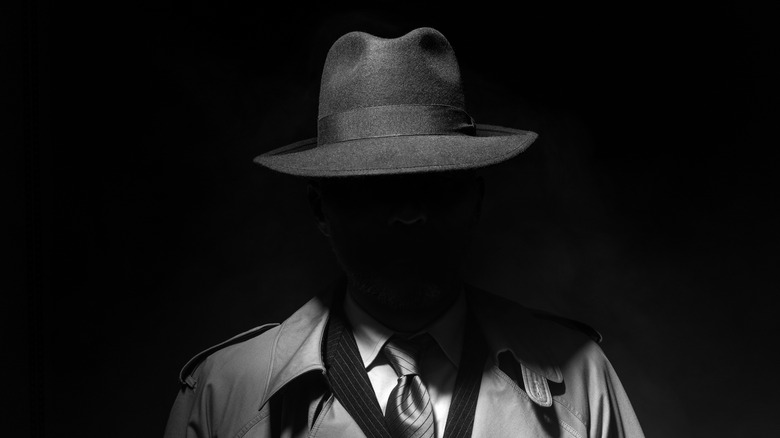The Kansas City Mob's Rescue Of A 1930s Fashion Designer
The phone rang and Johnny Lazia, sitting at his desk at the Kansas City Police headquarters, picked up. It was U.S. Senator Jim Reed who told Lazia that someone had kidnapped the city's most prominent woman, Nell Donnelly, the night before, and Reed needed his help. Lazia agreed, and sent out his men to hunt down the perpetrators. Although Lazia had an office at police headquarters, he was not a member of law enforcement. Far from it.
He was Kansas City, Missouri's biggest mobster who controlled the city's bootlegging and gambling rackets and had the run of the police HQ for delivering votes to the Democratic machine that ran the city, according to "The Snatch Racket: The Kidnapping Epidemic That Terrorized 1930s America." Lazia weighed in at 140 pounds, wore thick-lensed rimless glasses he needed for his glaucoma, and impeccably tailored three-piece suits, and had a penchant for chewing gum and cracking jokes. But his mild appearance belied his proclivity for violence when it suited his needs, per The Kansas City Public Library.
A huge success becomes a tempting target
Nelly Donnelly was born Ellen Quinlan into a large and poor Irish immigrant family in 1889 in Parsons, a Kansas railroad town, per The Parsons Sun. After moving to Kansas City, Missouri, as a teen, her business acumen, sense of style, and sewing ability would thrust her into fame and fortune. By the 1920s, she and her husband Paul's business, the Donnelly Garment Company, had become wildly successful. It was the largest dress manufacturer in the country and employed 1,000 mostly female employees, producing more than 5,000 dresses a day. She was a millionaire and Fortune magazine called her possibly the most successful businesswoman in the country, per "James A. Reed: Legendary Lawyer; Marplot in the United States Senate."
Following the stock market crash in 1929, which helped usher in the Great Depression, desperate people began turning to kidnapping the rich and famous looking for an easy payday. On the evening of Dec. 16, 1931, Nell Donnelly and her chauffeur, George Blair, became the latest victims to fall prey to the snatch racket.
A daring rescue
When Nell Donnelly's luxurious Lincoln, driven by her chauffeur, pulled into her driveway, a man stepped in front of the car and pointed a gun at the driver. Two men then jumped in and overpowered the occupants. The kidnappers drove them to a run down shack in the country and forced Donnelly to write a note demanding $75,000 in untraceable currency for her return, according to The Kansas City Public Library. Paul Donnelly called on Jim Reed for help. Unbeknownst to Paul, Reed, besides being a friend and neighbor, was Nell Donnelly's lover and the father of her child. Reed, a wily politician with a lot of connections, called on the mob to help.
In less than 48 hours after the kidnappers had snatched Donnelly and George Blair, their ordeal ended without bloodshed and with no ransom being paid. The Kansas City mob tracked down the kidnappers before the police and convinced them to give up their plan. On the morning of Dec. 18, a mobster came into the rural Kansas farmhouse and released Donnelly and Blair. "Mrs. Donnelly, there has been a mistake," the man told her, per The Kansas City Public Library. "These men are from out of town. You have a lot of friends. We have come to rescue you." The gangsters blindfolded Donnelly and Blair and dropped them off on a Kansas City street after placing a call to the police, who would eventually track down the kidnappers.


